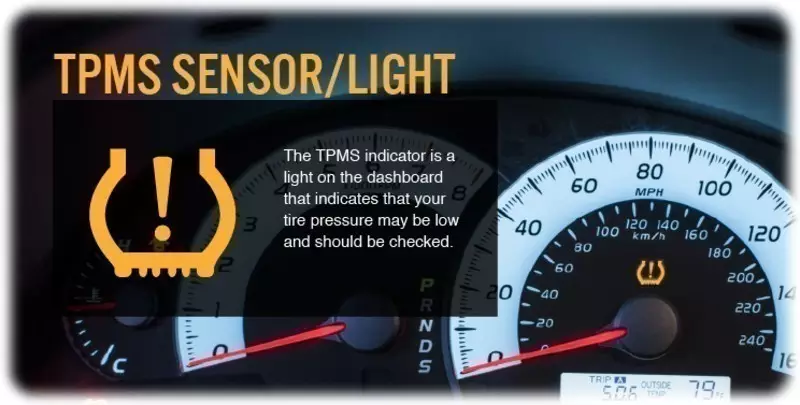Tyre Pressure Monitoring
Published Date: 17th Feb 2016
TPMS or Tyre Pressure Monitoring System, is a built in monitoring system for the tyres on your vehicle. Since the 1st of November 2012 cars on a new platform or a new model in the EU had to be sold with the system, also from the 1st of November 2014 all new cars sold had to incorporate the technology according to EU legislation. There are two different systems used by the industry, Indirect TPMS and Direct TPMS
Indirect TPMS uses the existing sensors on the ESP(Electronic Stability Program) and ABS(Antilock Brake System) and can identify the reduced pressure in the tyres by monitoring the rotational speed of the tyre, less pressure in the tyre equals a higher rolling resistance and slightly lower speed than normal. This Indirect system has no sensors in the wheels, so there is no chance of damage when changing tyres, on the other hand it will not display an exact pressure.
Direct TPMS utilises sensors in each wheel, which will measure the pressure and temperature in each wheel and send the data to a receiver via radio waves. The data can then be displayed to the driver indicating the pressure in each tyre. The sensors in the tyre could be subject to damage when they are changed. Also these sensors in the tyres will need programming to the car if they fail which results in an additional cost for the owner.

If your TPMS light comes on you should check the pressure and tyres for any signs of a puncture or drive to your local garage and have them check the tyres over. If everything is okay and nothing is found then the tyre could have just lost pressure over time, then adjust the tyre pressure to the correct manufacturer’s specification. These are usually displayed on the door pillars when you open the door or fuel flap.
